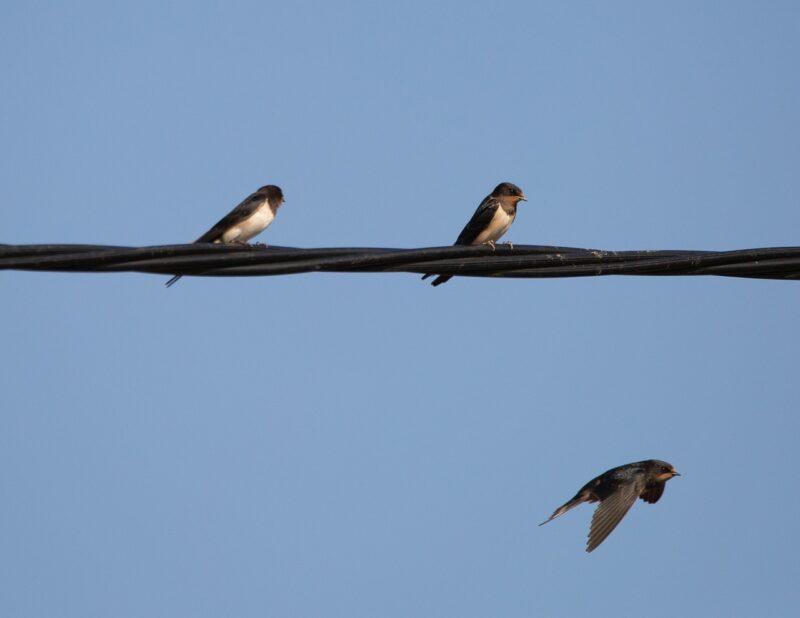I have been thinking recently about how change in a living system is different from change in a mechanistic, inert system. The first shift within a living system is that the larger system will help you with change if you are open to it. The second shift is that change in living systems can be much lighter than traditional frameworks of driving change. To further illustrate the point, here are four new metaphors to help you generate new strategies for engaging in change.
New Metaphors for Organizational Change
1. Wet Sand – Nudge and wait.
When we walk on wet sand, we don’t leave any footprints. Wet sand is made up of silicone and saline and the combination creates a surface tension that resists our footprint. But if we pause and stand still, the sand will open under our feet and a footprint will appear. In this metaphor, our footprints are the imprint and impact we have on our environment.
Living systems are interdependent and are best understood through the lens of network dynamics. One of these dynamics is that networks take time to respond. They are not the tightly coupled system of a car where the press of the ignition button immediately starts the engine. Loosely coupled systems like networks absorb the action and respond with a time delay. Like wet sand, our ability to impact the system requires us to take an action and then wait until the system responds. The more force (walking quickly across wet sand) the more the living system will resist our impact.
2. Birds on a Wire – Iterations facilitate change.
I live in Minnesota, and here in the summer our native birds often sit in large groups on telephone wires. If you watch them over time, a pattern emerges between the time they are sitting, and when the whole flock takes off. At first there are one or two birds that take off but none of the other birds follow. The birds that took off fly in a larger circle and land on the phone wires again. If you watch the whole scene, you will also see that the act of a few birds taking off disturbs the ones still sitting on the telephone wires. They all ruffle their feathers even if they don’t follow the first birds that took off.
As time passes and a few more birds take off, the other birds ruffle their feathers but don’t follow. This pattern of iterative movement repeats itself 4-5 times and finally when the first birds take off, the whole flock follows. In living systems, iterations occur before the whole system shifts. I look for these iterative patterns where pockets of the system are experimenting with new behavior. If these experiments persist over time (like the birds that take off early) eventually the whole system shifts!
Yeast – The need for active ingredients
Baking bread requires a leavening agent for the dough to rise. Yeast is often used for this purpose. I like this metaphor because it reminds us that innovations and transformations often require an active agent in our organizations to trigger a shift in the system. Active agents don’t have to be positional leaders. They can be anyone who challenges prevailing assumptions, or whose questions disturb the status quo and causes others to show up differently. The presence of an active ingredient is necessary for the dough to rise and our organizations to evolve.
Greenhouses – Support and protection at the beginning of change.
I live in an environment where the growing season can be short. As a gardener, I sometimes like to start growing plants before the cold temperatures have completely left. My version of a greenhouse is to start plants indoors and when they are strong enough, I transplant them outside in late spring when they can survive the colder nights. Change initiatives that will transform a system often need support and protection from the larger organizational culture and actors that don’t see the possibilities of innovation.
Sometimes others in an organization can see the possibilities of an experiment and are in the position to protect the experiment until it can survive critics in the larger organization. The greenhouse metaphor reminds us that support and protection are important for things you want to grow “before their time”.
Interdependent organizations mirror Nature in many, many ways. In my next blog, I will share additional metaphors for change that work well in living systems.







So love this. Trying to develop a workshop to help move coalitions towards change; got the idea that new metaphors are needed in order to drive change, and when I plugged my question into Google, this page came up. Which you just posted 2 days ago! Serendipity.